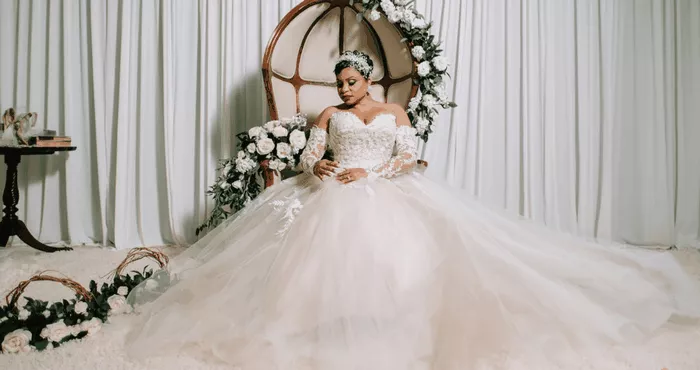Behind every exquisite custom wedding dress lies an equally specialized aftercare industry dedicated to preserving these sartorial treasures for generations. While most brides focus on finding or creating their dream gown, few consider the complex science and artistry required to maintain its beauty long after the final dance. From climate-controlled archival storage to cutting-edge restoration techniques, the field of wedding dress preservation has evolved into a sophisticated practice worthy of museum conservation—and for good reason. Many of today’s custom dresses represent not just financial investments (often exceeding the cost of the wedding itself) but irreplaceable emotional value as family heirlooms.
At the forefront of this niche industry is The Bridal Archive in New York, a high-security facility that stores over 3,000 designer and custom gowns under museum-grade conditions. “We treat each dress like the Mona Lisa,” says chief conservator Dr. Lillian Cho. The facility maintains precise temperature (65°F), humidity (50%), and light levels to prevent fabric degradation. Gowns are stored in acid-free boxes with custom-formed busts to maintain shape, and each undergoes annual inspections where conservators use magnifying lenses to detect early signs of yellowing or fiber weakness. Some clients pay up to $5,000 annually for this white-glove service, particularly for dresses containing delicate materials like 19th-century lace or hand-painted silks. “One client’s dress has 2,000 freshwater pearls that each need individual monitoring,” Cho reveals.
For dresses that do show signs of aging, restoration specialists employ remarkable techniques. At Savoir-Faire Conservation in Paris, experts have developed a method to reverse yellowing in vintage silk using a carefully calibrated combination of light therapy and enzyme treatments. “It’s like giving the dress a facial,” jokes lead conservator Marie-Claude Lefèvre, before explaining the serious science behind their patented process. Their team recently restored a 1920s custom gown with intricate gold wire embroidery by creating microscopic replicas of broken threads using 24k gold harvested from the original garment. Another challenging project involved removing red wine stains from a $75,000 custom dress without disturbing the fragile sugar-crystal embellishments. “We ended up inventing a new cleaning solution based on snow fungus enzymes,” Lefèvre notes.
Technology is revolutionizing preservation methods. The University of London’s Textile Conservation Centre has pioneered 3D imaging to create digital twins of important dresses, allowing conservators to study stress points and plan interventions without handling the actual garment. Meanwhile, Swiss company FibreGuard has developed a nanotechnology coating that protects fabrics from UV damage, pollution, and moisture while remaining invisible to the eye. “Brides can now have their custom dress treated so it could theoretically survive centuries,” says FibreGuard CEO Markus Reinhardt. Some forward-thinking designers are even building preservation considerations into their original creations. Dutch designer Marloes ten Bhömer constructs her avant-garde bridal pieces with removable internal structures to facilitate future cleaning, while Italian atelier Antonelli purposely avoids glues that could degrade over time.
The emotional aspect of dress preservation is perhaps most poignant. Many conservation studios report increasing requests from daughters wishing to restore their mothers’ or grandmothers’ dresses for their own weddings. At Heirloom Bridal in Chicago, specialists work closely with families to update vintage custom dresses while respecting their history. “We recently transformed a 1950s ballgown by removing the crinoline and reworking the neckline,” says owner Sarah Chen. “But we preserved the original hand-stitched monogram and incorporated fabric into the new veil.” Some clients take this further—one bride had pieces from three generations of family wedding dresses quilted into her custom gown’s lining as a secret tribute.
As custom wedding dresses become more elaborate and personally significant, preservation is evolving from an afterthought to an integral part of the bridal journey. Several high-end designers now offer “eternity packages” that include future cleaning and repairs, while startups like Timeless Threads provide blockchain-certified authentication and provenance tracking for investment-worthy pieces. In an era where fast fashion dominates, these painstaking preservation efforts represent a counter-movement—a determination to honor the craftsmanship, love stories, and memories woven into every custom stitch. As Dr. Cho reflects, “When we preserve a wedding dress, we’re not just saving fabric. We’re safeguarding joy.”


